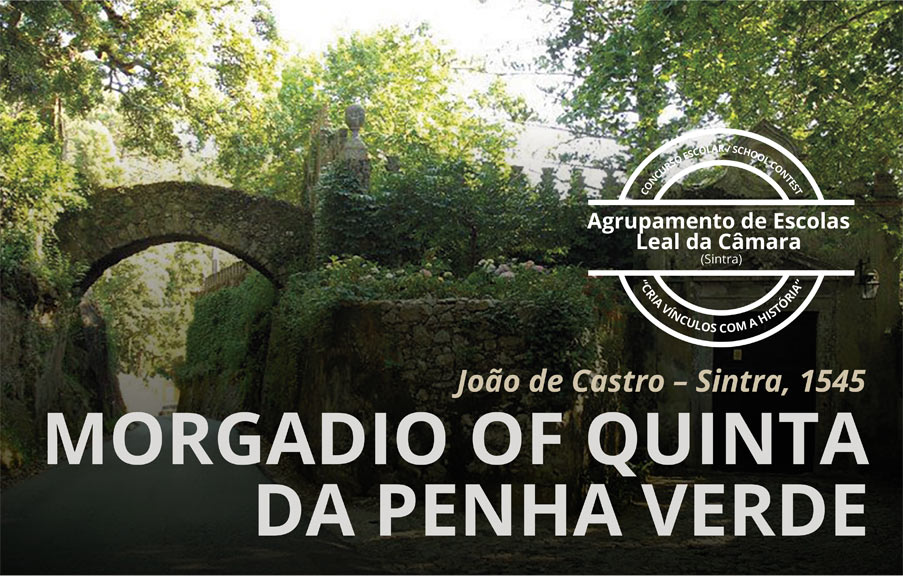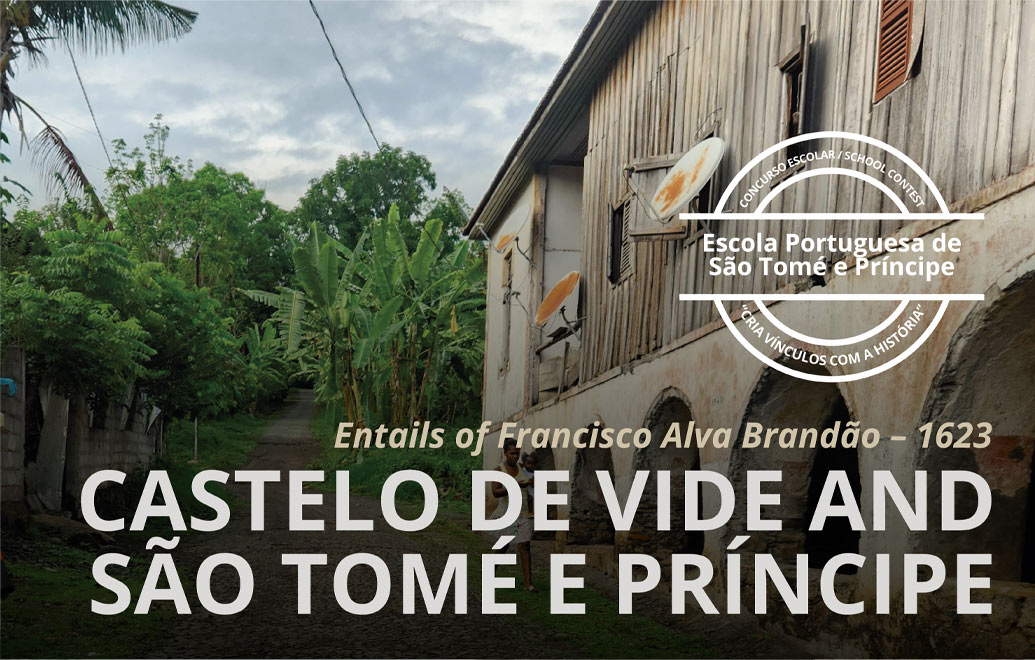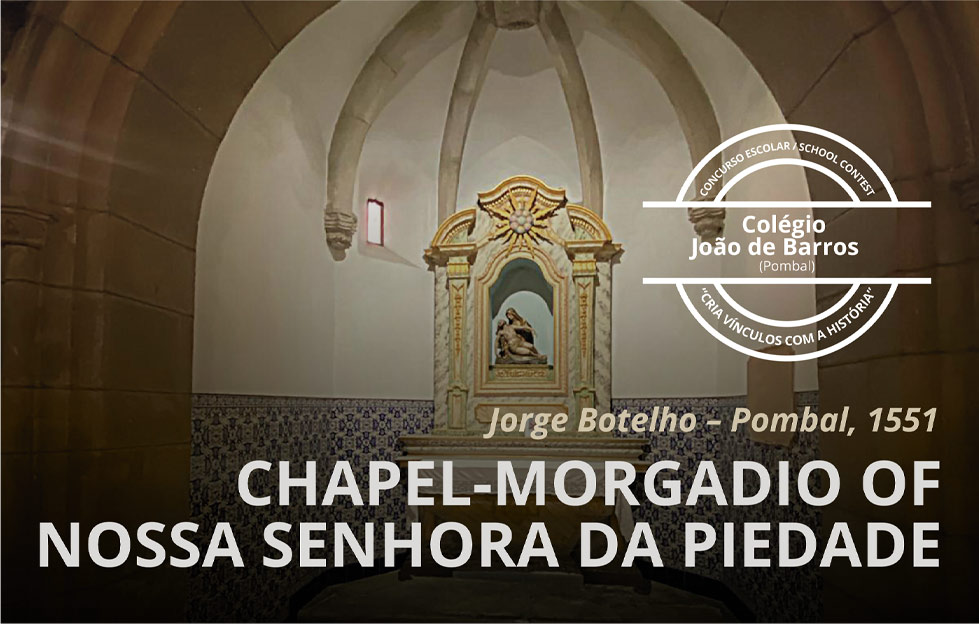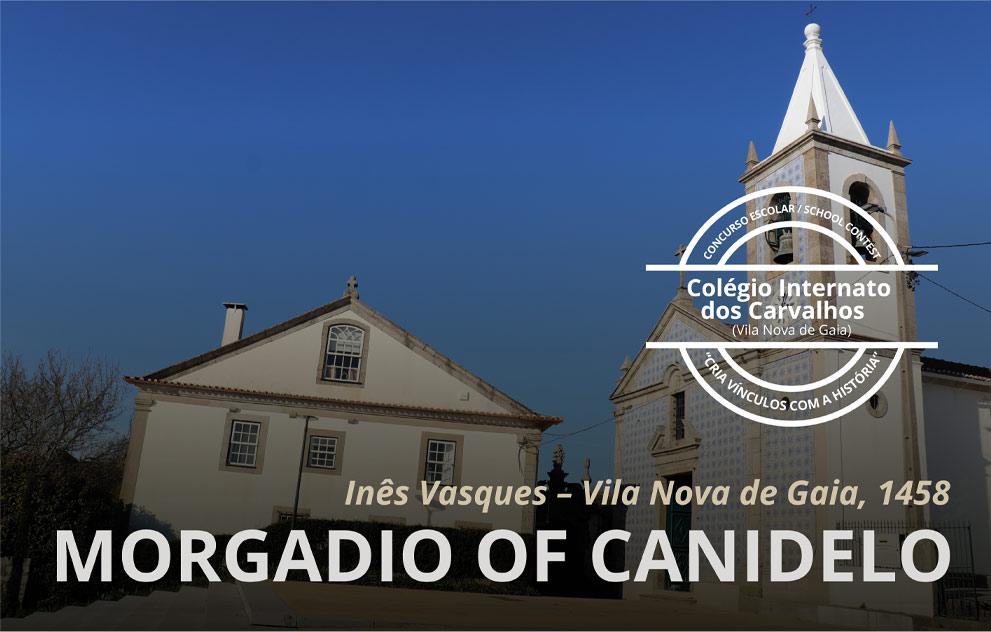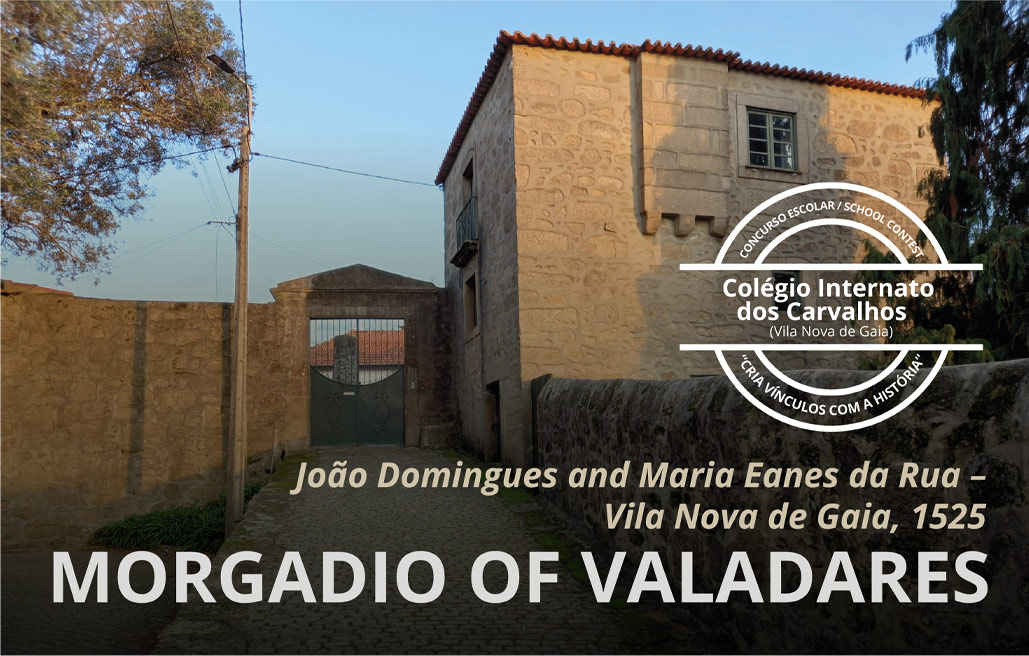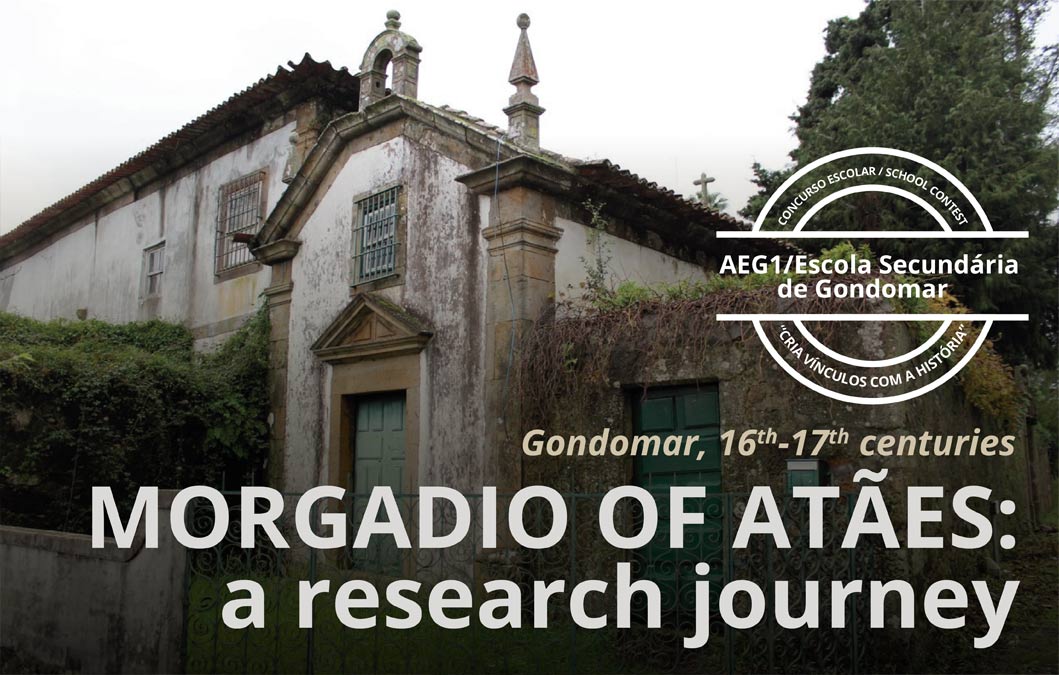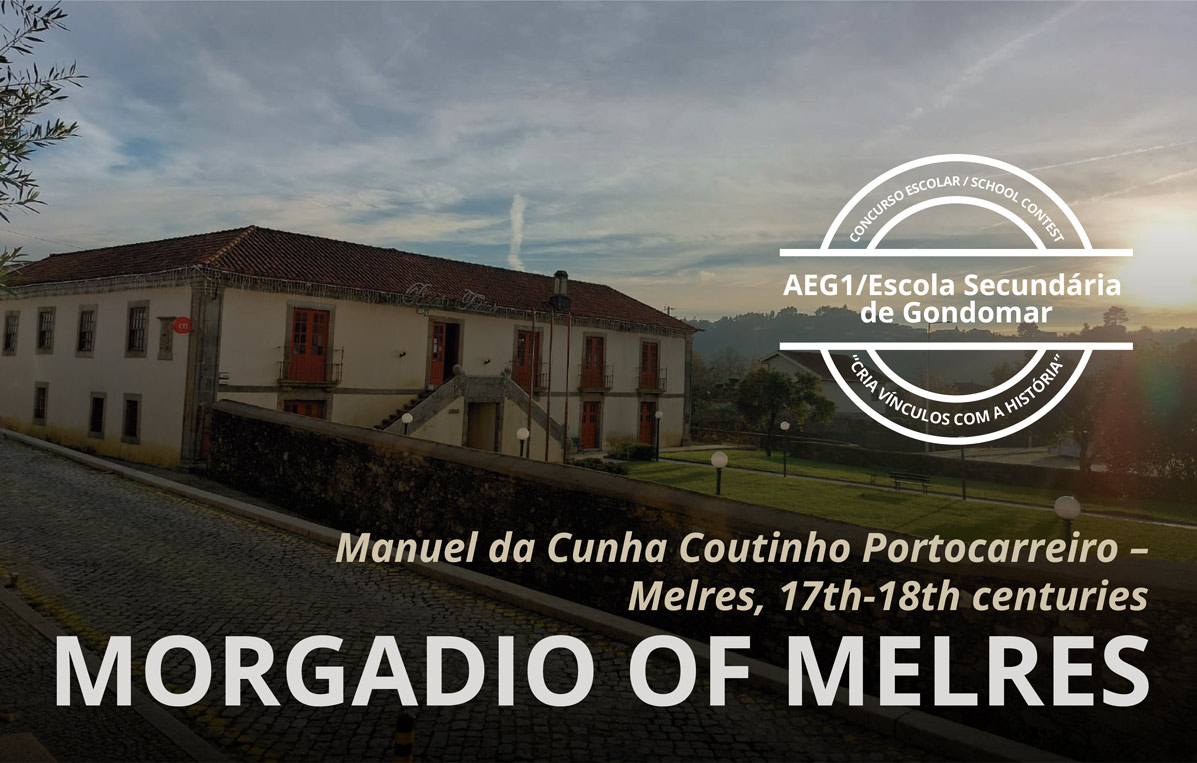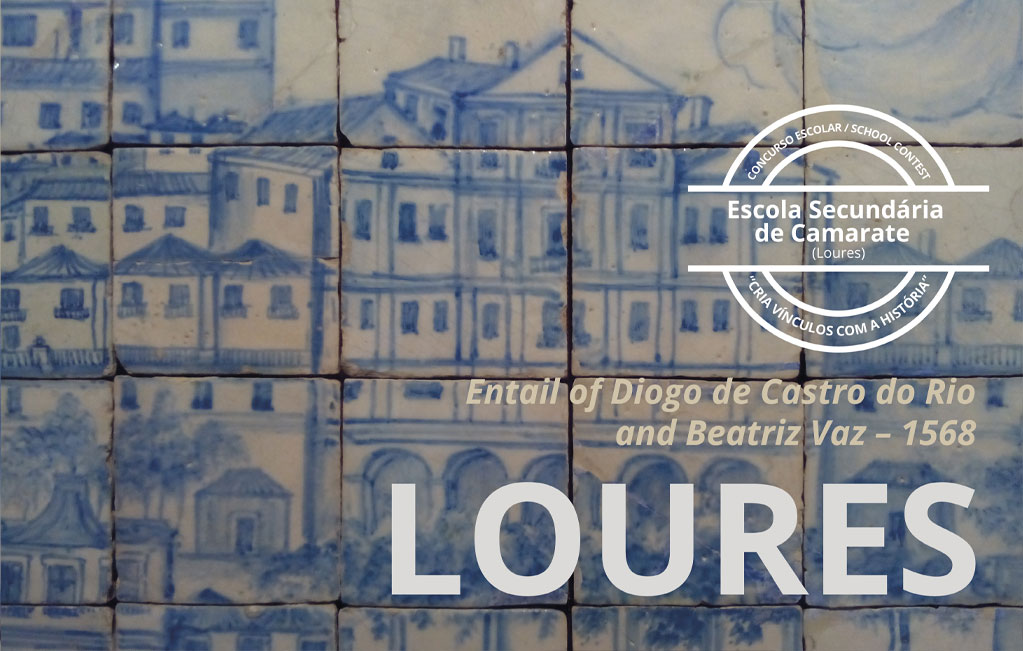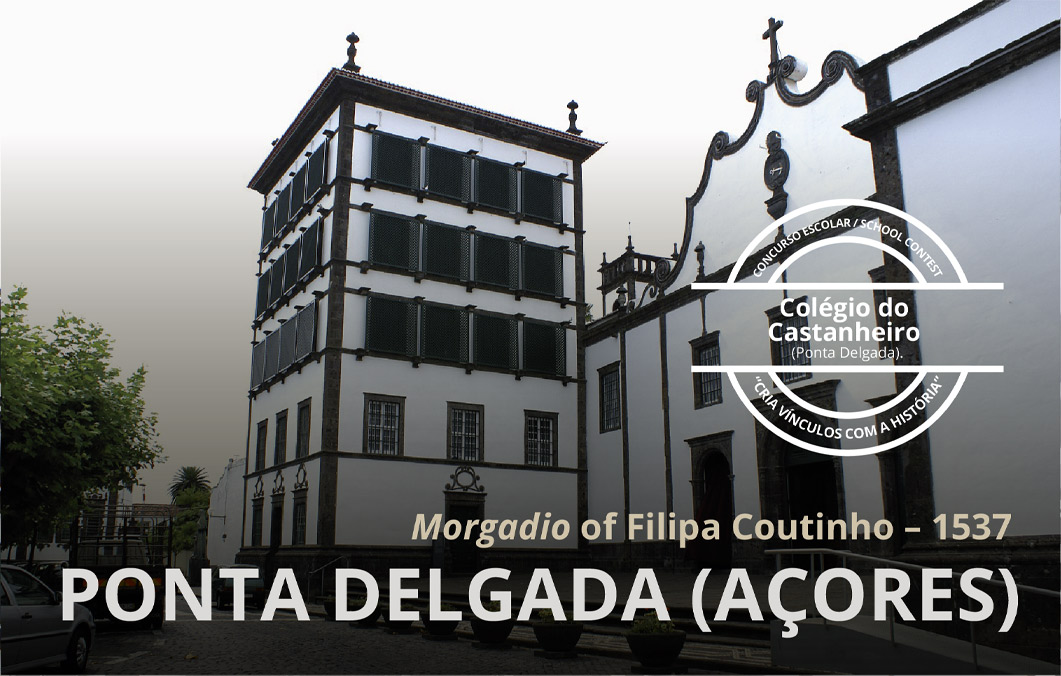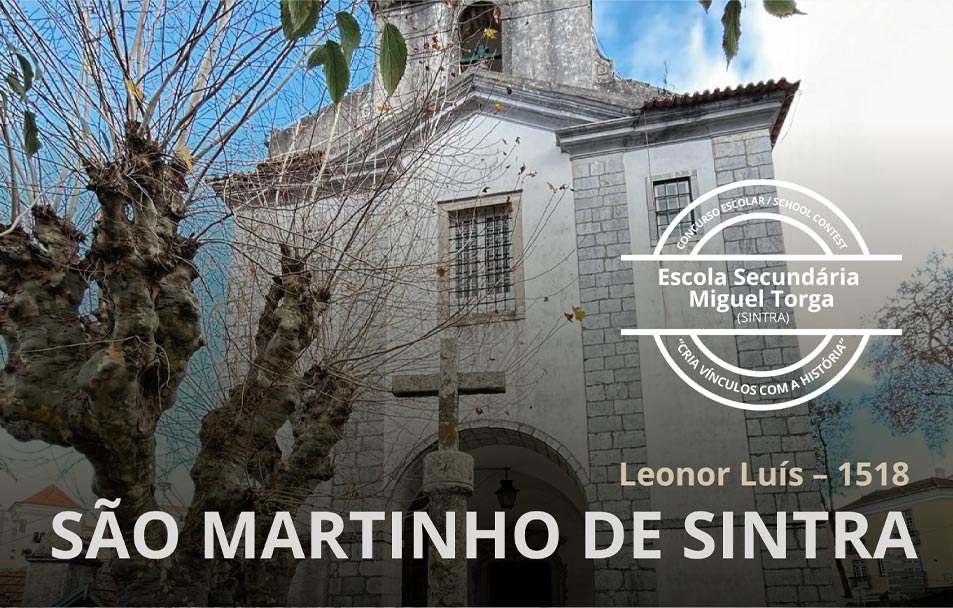Entail of the month (March, 2023)
Morgadio of Parada
Vicente Novais and Branca da Silva, Vila do Conde, 1583
The morgadio of Parada, established on 25.01.1583 by Vicente Novais (1504-1596) and his wife, D. Branca da Silva (…-1602), is an interesting case study, both in historiographical and archival terms. It illustrates, from the start, a process, if not of ascension, at least of social consolidation as a result of the successful presence in the Portuguese Empire’s theater, at the service of the King (in this regard it has many similarities with another “entail of the month”, that of Gonçalo Gil Barbosa and Mécia Mendes de Aguiar: https://www.vinculum.fcsh.unl.pt/entail-of-the-month/morgadio-of-goncalo-gil-barbosa-and-mecia-mendes-de-aguiar/). Its founder brings together the main characteristics of the municipal oligarchy of Porto; there are testimonies of family dissatisfaction regarding the process of division of inheritance, between the entail of the eldest son and the endowment of the sisters; finally, in what is an original feature, its administrators, in addition to other assets, gather from the second generation two ancient medieval honors, that of Parada and Barbosa, the morgadio serving for the perpetuation of the first. In terms of the archival base, the existence of documentation in family archives is noteworthy, which enriches the perspective allowed by the archives of royal and ecclesiastical institutions.
Chapel of N ª Srª do Amparo, at Quinta de Parada, in Guilhabreu, built by Luis Novais da Silva.
The morgadio of Parada was endowed by the founders with assets already inherited by them before and also with many new resources bought by the couple, testifying the epithet later given to Vicente de Novais, “the one who came rich from India”. The inherited assets were the homestead of Parada – which before was a medieval honor -, and rents and properties in the parishes of S. Martinho de Guilhabreu, Santa Maria de Alvarelhos, Santa Maria de Vilar, and Fajozes, today all in the county of Vila do Conde. The new properties were located in the municipalities of Santa Maria da Feira and Barcelos, among others, and in the city of Porto.
The founding document imposed as a condition for immediate successors to give 6,000 reais per year to the daughters of both institutors who were nuns and to give 2,500 reais per year to the daughters of Vicente Novais alone, Ana Novais and Isabel Brandoa, the two nuns in the monastery of S. Bento da Ave Maria in Oporto. It also foresaw as future conditions the prohibition of alienation or encumbrance of the property of the entail and the imposition on the successors of the onus of adding assets to the entail. Regarding succession, the administration should first be granted to the eldest son, and only then to a legitimate daughter who could marry. In their absence, the administration should be handed to the Misericórdia of Porto. In this case, the Misericórdia would have to fulfill additional conditions: marry an orphan every year, providing them with 20.000 reais; order a daily mass to be said in the church for the founders and their descendants; and donate the rest of the annual incomes to the poor or otherwise use them as the provedor and Mesa saw fit. The founders also indicated that the successors would be the descendants of their children, Luis Novais da Silva, who they nominated as the first administrator; Brites da Silva, wife of Francisco de Ataíde; Maria da Silva, widow of João Brandão de Almada; and Marta, at the time still unmarried. They also ordered that they be buried in the S. Francisco monastery, in the grave of Vicente Novais’ father, Fernão Novais, where a weekly mass should be said forever. The founders also imposed the production of three copies of the founding document, all to be bound in book form. The end of the books should be left blank, so that the lands that, in the future, would be annexed to the entail by the successors could be added to list of assets. Of these copies one would remain for the successors and the other two would be deposited in the registries of the Misericórdia of Oporto and the monastery of S. Francisco, in the same city, paying 500 reais per year to each for this deposit. The successors who did not fulfill the duty to maintain these books would face a heavy penalty of loss of income from the entail (ARQUIVO DA CASA DE BARBOSA – Maço de testamentos, instrumento de instituição de morgado; ARQUIVO DISTRITAL DO PORTO – Fundo Notarial, P. 1, 3ª série, livº 70, fls. 73vº–81; LOPES CARDOSO: 302-314).
Tower of Barbosa.
It seems that, because of the dowries he had to give to his daughters, Vicente Novais was not able to materialize the morgadio as he intended, since his son and heir, the first morgado, Luis Novais da Silva, complains about it and had to found a new morgadio to complete the first. To him we owe a curious condition attached to the succession of the entail, which he left enshrined in his will: the successors were forbidden to cut down specific pine trees from the farmstead of Parada, under the penalty of having to pay a certain amount to the Misercórdia of Oporto (*) (ARQUIVO DA CASA DE BARBOSA – Testamento de Luis Novais da Silva).
The morgadio of Parada Parada was administered by:
1st – Luis Novais da Silva, son of the founders, who took possession of it on 11.08.1617;
2nd – Luis da Silva, nephew of the previous, son of his sister D. Marta da Silva and her husband, Braz Telles de Meneses, who, however, died young and without children;
3rd – D. Brites da Silva, maternal aunt of the second administrator, daughter of Vicente Novais and his wife, married to D. Francisco de Ataíde, lord of the honor and of first morgardo of Barbosa. The administration of the morgadio of Parada continued in the line of their descendants, the lords of the Barbosa’s House, until the entail was annexed to the Barbosa’s morgadio, by deed of 13.12.1862 granted in the Penafiel’s notary’s office. The morgadio, as all of the entails, was extinct in 1863.
(*) “Porquanto os pinheiros grandes da Quinta de Parada ornão muito a dita quinta por sua grandeza, pelo que desejo que nunca sejão cortados; mando que nenhum sucessor deste meu morgado mande cortar pinheiro algum dos ditos pinheiros grandes que são quinze ate dezasseis,e fazendo o contrario, quero e mando que por cada hum que cortar seja obrigado a pagar do rendimento deste meu morgado à Casa da Misericórdia [do Porto] de esmola para gastar com pobres o três dobro do que valer cada pinheiro que cortar”.
Augusto-Pedro Lopes Cardoso
Coordination: Maria de Lurdes Rosa
Sources and bibliography
ARQUIVO DA CASA DE BARBOSA – Maço de testamentos, instrumento de instituição de morgado; ARQUIVO DISTRITAL DO PORTO – Fundo Notarial, P. 1, 3ª série, livº 70, fls. 73vº–81.
ARQUIVO DA CASA DE BARBOSA – Testamento de Luis Novais da Silva.
LOPES CARDOSO, Augusto-Pedro – Vicente Novais, o que veio rico da Índia. Contributo para o estudo da nobreza portuense do século XVI, in Armas e Troféus, IX série, tomo 21, 2019, p. 271- 319.
Other entails of the month



